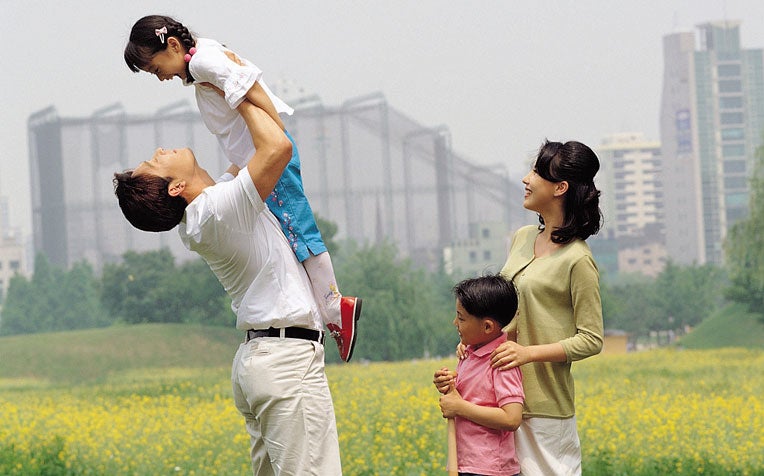
Acute lymphoblastic leukaemia (ALL) is a type of blood cancer. Most common in children aged 1 to 5, this cancer of the white blood cells is highly curable.
In acute lymphoblastic leukaemia, there is an overproduction of immature white blood cells or lymphoblasts. These immature cells crowd out the normal blood cells in the bone marrow and affect the production of new cells. This condition is also known as acute lymphocytic leukaemia.
“ALL is a common form of leukaemia in children. It accounts for about 30 per cent of all cancers in children below the age of 15 in Singapore,” says Associate Professor Chan Mei Yoke, Head and Senior Consultant, Department of Paediatrics Subspecialties, Haematology/Oncology Service, KK Women’s and Children’s Hospital (KKH), a member of the SingHealth group.
What causes acute lymphoblastic leukaemia (ALL)?
The exact cause of ALL is unknown. However, there are certain risk factors associated with this childhood leukaemia. These risk factors include:
- Exposure to prior radiation therapy or chemotherapy
- Certain genetic disorders such as Down syndrome
Acute lymphoblastic leukaemia symptoms
Acute lymphoblastic leukaemia symptoms can be very non-specific in nature, and mimic other conditions such as the flu. Patients may also present with symptoms due to the reduced production of red blood cells, like tiredness and pallor. In severe cases, the cancer can spread to the brain and spinal cord.
Common acute lymphoblastic leukaemia symptoms include the following:
- Fatigue and general lack of energy
- Unnaturally pale complexion (pallor)
- Shortness of breath
- Recurrent fever
- Frequent infections
- Easy bruising
- Bleeding from nose/gums
- Prolonged bleeding from wounds
- Joint and bone pains
- Loss of appetite
- Swollen lymph nodes in the neck, groin or abdomen
“The early signs of ALL can be easily mistaken for the flu. Parents often dismiss it as a common cold,” says Prof Chan. ALL can be diagnosed with a blood test and a bone marrow test. Other tests such as a CT scan and lumbar puncture may also be carried out to determine the extent of the cancer.
“A blood test will show low numbers of normal white blood cells and the presence of abnormal leukaemia cells,” says Prof Chan.
Acute lymphoblastic leukaemia treatment
Children with ALL are treated with chemotherapy. The precise combination of drugs and their dosage will differ from patient to patient. Intensive chemotherapy can produce side effects such as hair loss and nausea in children.
Some patients may receive intrathecal chemotherapy, in which drugs are administered directly into the cerebrospinal fluid around the brain and spinal cord. This helps prevent the spread of the cancer to the central nervous system.
“Usually, a combination of chemotherapy drugs are given to children over several phases,” explains Prof Chan.
In selected patients, radiation therapy may also be administered and a bone marrow transplant may be carried out.
Treatment is also tailored according to the response of the individual child such that the child is not given excessive treatment or insufficient treatment. This is called MRD-tailored therapy, MRD being “minimal residual disease”.
After the intensive phase of treatment, maintenance chemotherapy is used to keep the cancer in remission. The entire treatment usually lasts for 2 to 2.5 years.
“Nowadays, with modern treatment, about 85 to 90 per cent of these children can be cured,” says Prof Chan.
Children who are successfully treated for ALL can go back to school and live a normal life.
*The alternate US spelling for leukaemia is leukemia.
Ref: R14
Contributed by














 Get it on Google Play
Get it on Google Play